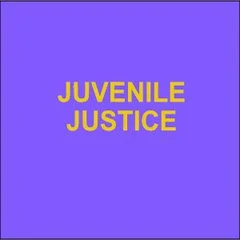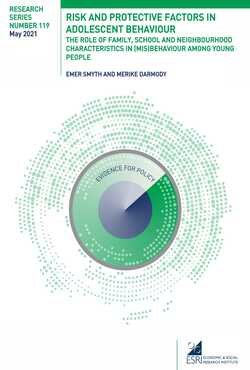By Ben Finholt, Brandon L. Garrett, Karima Modjadidi, and Kristen M. Renberg
Life without parole (LWOP) is “an especially harsh punishment for a juvenile,” as the U.S. Supreme Court noted in Graham v. Florida. The United States is the only country in the world that imposes juvenile life without parole (JLWOP) sentences. Many of these individuals were sentenced during a surge in LWOP sentencing in the 1990s. In the past decade, following several Supreme Court rulings eliminating mandatory sentences of LWOP for juvenile offenders, such sentencing has declined. This Article aims to empirically assess the rise and then the fall in JLWOP sentencing in a leading sentencing state, North Carolina, to better understand these trends and their implications.
We examine the cases of ninety-four North Carolina juveniles, aged thirteen to seventeen at the time of their offenses, who were sentenced to JLWOP. Of those, forty-nine are currently serving LWOP sentences. In North Carolina, JLWOP sentencing has markedly declined. Since 2011, there have been only five of such sentences. Of the group of ninety-four juvenile offenders, forty-four have so far been resentenced to non-LWOP sentences—largely pursuant to the post-Miller v. Alabama legislation passed in North Carolina. These JLWOP sentences are primarily concentrated in a small group of counties. A total of 61% (fifty-seven of the ninety-four) JLWOP sentences in North Carolina were entered in one of the eleven counties that have imposed more than three JLWOP sentences. We find a path dependency to these sentences: once a county has imposed a JLWOP sentence, it has a higher probability of imposing a JLWOP sentence again in the future. In contrast, homicide rates are not predictive of JLWOP sentences. We question what goals JLWOP serves, given what an inconsistently used, uncommon, geographically limited, and costly sentence it has been in practice. In conclusion, we describe alternatives to JLWOP, including the model adopted in states such as California and Wyoming, in which there is periodic review of lengthy sentences imposed on juvenile offenders.
110 J. Crim. L. & Criminology 141 (2020).




















